.jpg)
J.D. Irving, Limited supporting moose study to examine impacts of winter tick
J.D. Irving, Limited (JDI) is the major private sponsor of a partnership which includes Université Laval, Université de Montréal, the University of New Brunswick, and the provinces of New Brunswick and Quebec. This five-year project is focused on understanding possible impacts of winter ticks, climate change, and predation on moose populations.
Winter ticks have always been present in New Brunswick, but warmer winters and shorter periods of snow cover have likely made conditions ideal for greater numbers of ticks. Neighboring jurisdictions such as Southern Maine and New Hampshire have recorded mortality of up to 75% of moose calves where winter tick populations are high. Up to 80,000 ticks have been estimated on a single moose. Using catch-and-release to collect measurements and attach GPS collars, this research will gather data from moose in Quebec and New Brunswick and explore what factors could lead to negative health impacts on the populations there.
A wildlife veterinarian is working with the researchers to ensure that the animals are properly looked after during the study. The research team is very pleased to have Dr. Michelle Oakley assisting with this work. Dr. Oakley is National Geographic’s Yukon Vet, as well as NBC’s Wilderness Vet. In addition to these television programs, she was also featured in the May 2018 issue of Oprah Magazine.
“It’s great to see that this project is taking place. We’re all concerned about winter ticks, and we’re concerned about it all the way up to the Yukon – we have found winter ticks there. With climate change, it’s definitely changing the lifecycle of parasites like ticks, and moose are very susceptible to them,” Dr. Oakley says. “I’m just super impressed that JDI is taking such an active interest in the moose on their land, and are putting forth so much to make sure moose survive in our part of this ecosystem.”
 |
| The research team stands outside the helicopter at one of the research sites in Northern New Brunswick. |
The research consists of five main objectives:
1. Assess the health and physical condition of moose, as well as population changes and what causes them,
2. Assess habitat use of moose and ticks and understand how changes in the landscape influence the risk of moose picking up ticks in the fall,
3. Understand factors leading to increase in winter tick populations and look at how this tick interacts with other moose parasites,
4. Predict the expected changes in winter tick and moose populations, based on knowledge developed in the three previous objectives and on climate change scenarios,
5. Develop a citizen science approach to monitoring to improve knowledge of and ability to adapt to climate change.
“If the ticks are related to mortality and decreasing the population of moose, then it has all sorts of impacts,” says Steeve Côté, Lead Researcher for the project from Université Laval, “So part of this study is also understanding how to manage the landscape so that we produce habitats that are as bad as possible for the ticks but as good as possible for the moose.”
“To do an experiment on this scale, in two provinces, with such a big animal, we need several partners,” Côté says. “This support from JDI, UNB, and the provinces of Quebec and New Brunswick is the only way that we can have the funding necessary to answer these questions.”
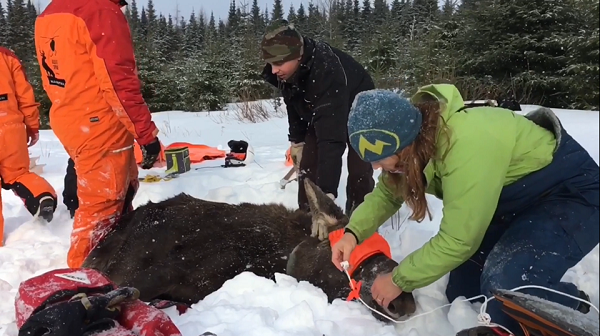 |
| Dr. Michelle Oakley is working with the team to ensure the animals are properly looked after. She is National Geographic’s Yukon Vet. |
Data collection by the research team is underway. Moose calves were fitted with GPS collars in early winter, just as the ticks had begun to infest the moose. Then the calves were checked again in April, just before the ticks dropped off, and the collars were removed. Researchers measured the calf’s weight and fat thickness, and estimated the tick population on the moose by sampling the number of ticks on different parts of the moose’s body.
“We’re taking some repeat measurements so that we can monitor how the moose have progressed from the beginning of this project until now, and then we’re going to monitor them going forward and hopefully continue this project over the long-term,” says Linda Warren, one of several Masters students working on the moose project. She’s studying Environmental Management at UNB.
“The data coming from the collars is satellite telemetry, and its incredible information,” Warren says, “we can remotely access the material in order to determine what habitat the moose are using and where they’re frequenting, and that will help us with the continuation of the study.”
 |
| Linda Warren (right) and another student working on the project, Delphine de Pierre, examine a GPS collar that has been removed from one of the moose in the study. |
Every year, JDI is investing over $1.5 million in forest research. This moose study is one of 68 projects currently supported by the company. JDI is funding research in partnership with universities in Canada and the United States, the Canadian Forest Service, Collaboration for Atlantic Salmon Tomorrow, and the Northeast Deer Research Partnership, among others. On an annual basis, over 50 scientists and graduate students are at work on JDI owned and managed land. This research helps guide JDI forest management practices to ensure healthy forest habitat on the land it owns and manages.
“Moose are important to New Brunswickers and to our forests.” Says Andrew Willett, Research and Development Director for JDI Woodlands. “We’re looking forward to what we learn so that we can help the moose here in New Brunswick.”
CONTACT:
Mary Keith
Vice President Communications
J.D. Irving, Limited
(506) 650-8209
keith.mary@jdirving.com
Questions about our Healthy Forest Approach? Read the FAQ.
(1).png?n=7605)



.jpg)







.jpg)





.jpg)





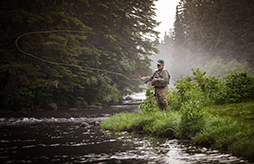















_small.jpg)
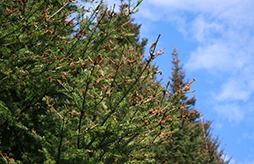
.jpg)
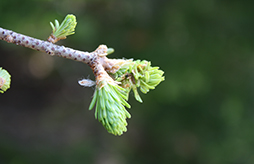
.jpg)

.jpg)


.png)








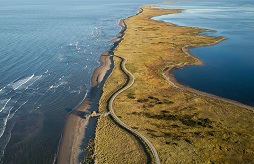


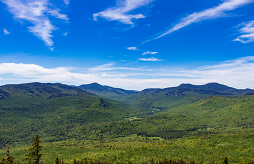
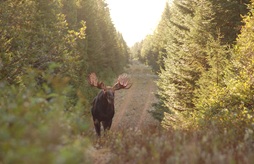
.jpg?n=6166)

